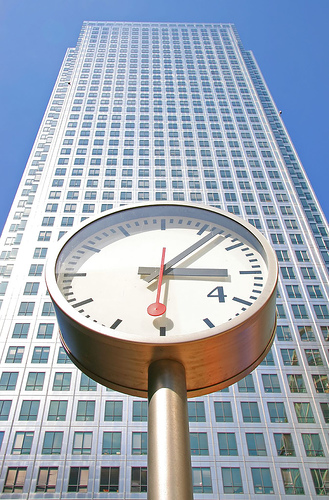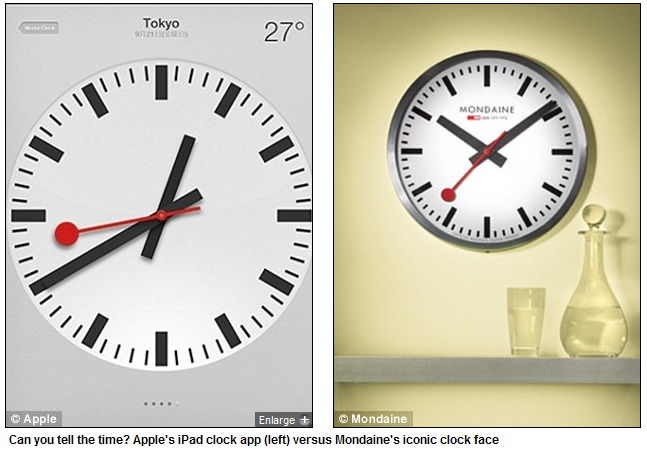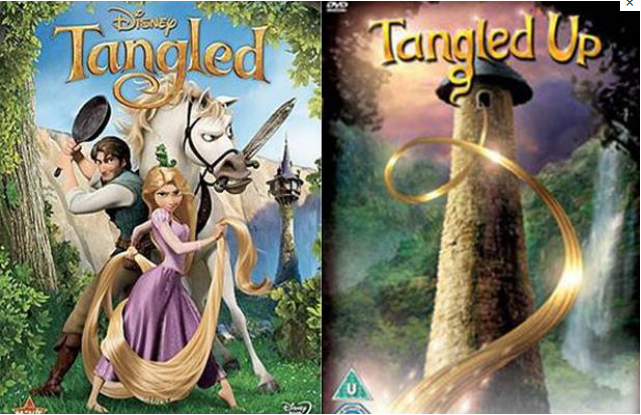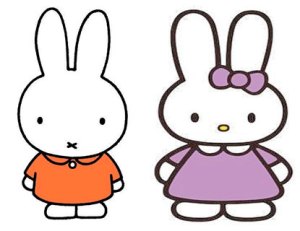 The vuvuzela may be the most annoying musical instrument to be manufactured in recent years. Not only does the buzzing sound have the ability to drown out the crowd and commentary in World Cup matches, the sheer 120 decibel volume of noise at close range can lead to permanent hearing loss. In fact a new model has been introduced with a modified mouthpiece the reduces the volume by twenty decibel.
The vuvuzela may be the most annoying musical instrument to be manufactured in recent years. Not only does the buzzing sound have the ability to drown out the crowd and commentary in World Cup matches, the sheer 120 decibel volume of noise at close range can lead to permanent hearing loss. In fact a new model has been introduced with a modified mouthpiece the reduces the volume by twenty decibel.
The popularity of the vuvuzela is spreading to the UK, with Sainsbury supermarket stocking 40,000. And I have even heard the distinctive sound of the instrument around my village during warm evenings. With anything selling in the hundreds of thousands the intellectual property is worth protecting.
In this case the ownership of the idea is claimed by Freddie Maake:
Vuvuzela creator blown off?
Popular Kaizer Chiefs supporter Freddie “Saddam” Maake, who claims to have created the instrument, is an angry man and feels sidelined from the lucrative spin-offs of his “hard work”. He vows the rights of the vuvuzela belong to him and went on to put up a convincing argument for why he should receive royalties from all the companies that produce the horn… Maake’s anger about his loss in earnings is directed at Neil van Schalkwyk, the co-owner of Masincedane Sport in Cape Town. He accuses the 36-year-old businessman of “short changing” him after an earlier undertaking to share the proceeds. “He is making a killing out of my hard work while I starve,” says Maake. Masincedane has gone into partnership with a German company to produce the vuvuzela ahead of the 2010 World Cup. “Journalists from as far as England and Mexico have visited me here and say that I should be rich, but look at me.”
Africa: Doubts raised over vuvuzela trade mark
There have been a number of press reports recently on the issue of who owns the rights to the vuvuzela. In reviewing the fuss and bother around this quasi-musical instrument, it is not clear whether these parties are claiming rights to the trade mark vuvuzela, or the rights to the product itself. Be that as it may, it is instructive to look at the history of the vuvuzela.
One Freddie Maake, a fanatical Kaizer Chiefs supporter, claims he was the first person to create a vuvuzela, albeit an aluminium version in the 1970s. Maake claims that in 1999, with the assistance of Peter Rice, he produced a plastic version of the vuvuzela. He claims that until the late 1990s he was the only owner of a vuvuzela and the only user of one at soccer matches. In 1999 he launched an album called “Vuvuzela Cellular” which features this instrument.
Neil van Schalkwyk, a director of Masincedane Sports, a company that has been manufacturing plastic vuvuzelas since 2001, is also claiming rights to the name vuvuzela.
The Nazareth Baptist Church has now also stated that the trade mark Vuvuzela belongs to it. It claims that it has been using the vuvuzela since 1910.
However, no one has done the groundwork required to give effect to ownership of the vuvuzela. There are no valid patents or designs registered in respect of the musical instrument that is now called the vuvuzela.
Even if this instrument could have formed the subject matter of a design or patent registration, the opportunity of doing so has long come and gone. The only question now is who, if anyone, is the owner of the Vuvuzela trade mark.
According to the records of the South African Registrar of Trade Marks, 40 trade mark applications, by numerous persons and entities, have been filed over the past eight years for the registration of trade marks incorporating vuvuzela. These trade mark applications are in relation to a wide variety of goods and services.
One of the applicants for these trade marks is Rory Peter Rice (presumably the same person who assisted Maake with the manufacture of a plastic vuvuzela), who in 2004 applied for registration of the trade mark Vuvuzela in respect of a “plastic trumpet”. Three days before Rice’s application, Masincedane Sports also filed an application for the trade mark Vuvuzela in relation to “musical instruments”, a Mr Mafokate applied for the registration of the trade mark Vuvuzela in 2003 and in 2009 so also did Messrs Urbas, Kehrberg and Bartels, all German citizens.
All of the vuvuzela trade marks are still pending, which means that at this point in time no single party can claim to be the registered owner of the vuvuzela trade mark in South Africa. Masincedane Sports’ application has been accepted by the Registrar but it would appear that this trade mark is under opposition, presumably by one of the other people who claim to own the vuvuzela. Despite the fact that at this point in time no-one can claim to be the registered owner of the Vuvuzela trade mark in South Africa, the question still remains whether any party can claim to be the common law owner of the trade mark. An internet search revealed that there are many entities or persons making use of the vuvuzela as a musical instrument. It would appear that most, if not all, consumers regard the trade mark vuvuzela as not belonging to any single person.
For example, one can buy vuvuzelas on vuvuzela.co.za, which would appear not to be linked to either Rice or Masincedane Sports. The website that can be found at boogieblast.co.za also advertises vuvuzelas. There are other websites, such as southafrica.info, which openly state that the vuvuzela belongs to the people. Even if one looks at the website of Masincedane Sports, which can be found at vuvuzelas.com, there is no claim on the website that the company regards itself as the owner of the vuvuzela trade mark. In fact quite the contrary: on its website Masincedane Sports appears to use vuvuzela in a sense to indicate that no single party can claim a monopoly on the name.
The South African Trade Marks Act provides that a mark that consists exclusively of a sign or indication which has become customary in the current language is not registrable as a trade mark. In short, a word that is used by all and sundry to describe a particular thing cannot be protected as a trade mark as the word has become generic.
It would appear that the trade mark vuvuzela is used by the people of South Africa to describe a type of musical instrument. It can therefore be argued that the trade mark vuvuzela has become generic and that no single party will be able to claim ownership of the name vuvuzela when referring to the musical instrument.
Carl van Rooyen, Spoor & Fisher, Pretoria, South Africa
Vuvuzelas: 10 things you need to know about the fans’ World Cup instrument
1. A vuvuzela is a blowing horn approximately 1 m in length commonly blown by fans at football matches in South Africa.
2. To blow a vuvuzela you need some lip and lung strength to produce a loud monotone sound.
3. Practised players can generate an awesome 127 decibels when blowing the horn.
4. Researchers even claim to have found evidence that vuvuzelas can lead to permanent hearing damage
5. Where the word vuvuzela comes from is hazy with one theory being that it came from the Zulu word for making a vuvu noise. It is also a township slang word for shower.
6. The vuvuzela is unique to South Africa and is an emblem of hope and unity for many.
7. It was originally made from a kudu horn and it’s claimed in South African folklore that in the ancient days, it was used to summon people to gatherings.
8. The sound made by a vuvuzelas has been compared with “a stampede of noisy elephants, “a deafining swarm of locusts,” or a giant hive of angry bees.”
9. Kaizer Chiefs FC fan Freddie “Saddam” Maake claims he invented the vuvuzelas in 1965 by adapting an aluminium version from a bicycle horn after removing the black rubber to blow with his mouth. He later found it to be too short and joined a pipe to make it longer.
10. Ronaldo has hit out at the sound of the vuvuzelas saying: “It is difficult for anyone on the pitch to concentrate.”
 If you want to see an example ‘in the flesh’ in the UK there is a little cluster of them at Canary Wharf in London Docklands.
If you want to see an example ‘in the flesh’ in the UK there is a little cluster of them at Canary Wharf in London Docklands.










